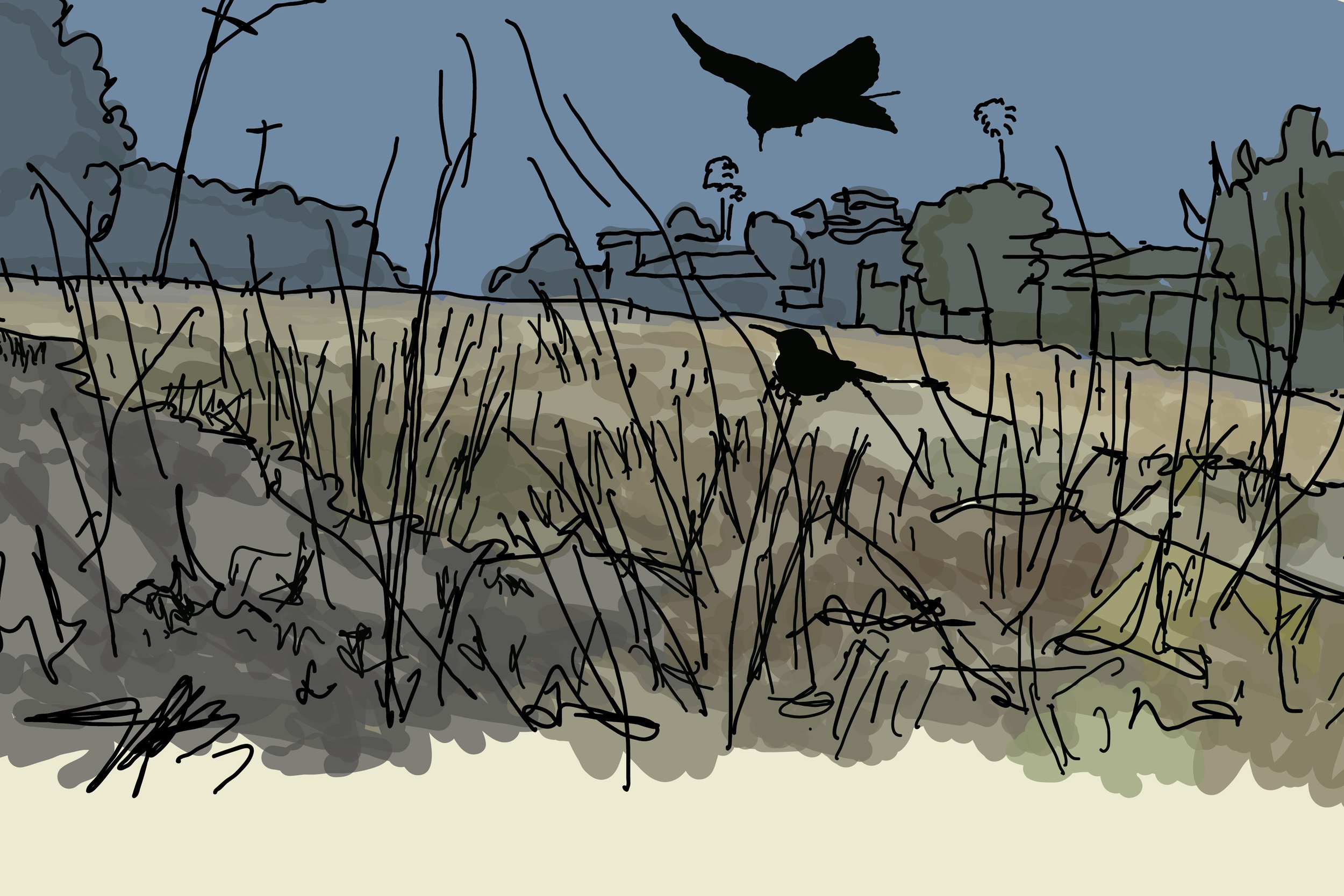Birunbirun (rainbow bee-eater) for the win in Victoria Park!
Our colleague Georgia’s speculative design project ‘Jirda’ is on display as part of the ‘more-than-human’ exhibition at the Town of Victoria Park Library. The project took out the popular choice award when it was presented to the Town of Victoria Park Mayor and selected guests last month.
The project was completed as part of Georgia’s Master of Landscape Architecture studies at The University of Western Australia - for the Landscape Complexity Studio, coordinated by Rosie Halsmith.
⠀⠀⠀⠀⠀⠀⠀⠀⠀⠀⠀⠀⠀⠀⠀⠀⠀⠀
More from Georgia:⠀⠀⠀⠀⠀⠀⠀⠀⠀⠀⠀⠀⠀⠀⠀⠀
‘In this design process, we were challenged with contemporary issues facing professionals working in the built environment. Our challenge was to develop a design that solved a problem for the non-humans of Victoria Park.
The more-than-human design was introduced to us as a practice by which humans are not placed at the centre of the design process. Rather, the non-human agency is actively engaged in the process. The end goal was to ensure that human residents of Victoria Park developed a sense of empathy for fauna and awareness that the suburb doesn’t belong to people alone.
We underwent a process of analysis, strategy, design development and design communication, all whilst taking on the perspective of our chosen non-human client. My client was the birunbirun, also known as the rainbow bee-eater.
Throughout this journey, I was encouraged to critique the human-centred design approaches that are entrenched in today’s suburban setting. As Victoria Park’s human population increases, climatic and social conditions will be felt by all the residents of this place. It is our responsibility to ensure we design for future conditions that support the wellbeing of the whole ecosystem.
The birunbirun arrives in Victoria Park around Kambarang, for breeding, before chasing the warm weather north again toward the end of Djeran. It is often seen building its underground burrows in open spaces such as remnant bushland, vacant blocks and parklands. The disappearance of these places will mean the birunbirun loses a vital link in its lifecycle.
My design focused on building ecological resilience via recreating, reclaiming and rehabilitating the severely degraded conditions surrounding remnant bushland.’
Image 1: An illustration from Georgia’s LACH5424 Landscape Complexity folio
Image 2: Georgia (second from left) with Deniqua Boston and Karen Vernon (Town of Victoria Park) and Rosie Halsmith (University of Western Australia)






